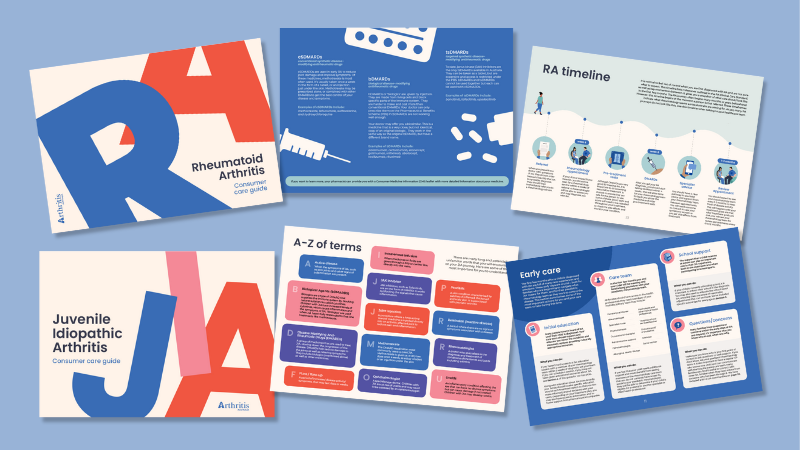Fibromyalgia Symptoms
Symptoms of fibromyalgia include chronic widespread pain in the muscles, joints, back or neck. Other symptoms can include chronic fatigue, disturbed sleep, difficulty concentrating or remembering things (also known as “fibro fog”), depression/anxiety, headaches and gastrointestinal problems.
Unfortunately, a lot of these fibromyalgia symptoms can mimic those of many other diseases, and this can make diagnosis challenging. For example, some people with fibromyalgia are misdiagnosed as having depression, rheumatoid arthritis or lupus, as these diseases share some of the same symptoms. Hypothyroidism, sleep apnea, degenerative spinal diseases, HIV and cancer also share many of the same symptoms of fibromyalgia. Because the symptoms can suggest multiple diseases, doctors need to rule the other diseases out first as they look for an explanation.
Groups of symptoms tend to occur together in people with fibromyalgia, but the groups are not the same for each person. This wide variety in symptoms can make it even more challenging to diagnose the disease. It is also possible for some people with fibromyalgia to have other conditions at the same time that can mimic fibromyalgia, such as Lyme disease, arthritis, or obstructive sleep apnea. Fibromyalgia is so difficult to diagnose, in fact, that many people go to several doctors trying to get a diagnosis for their symptoms – or they are told the symptoms are all in their minds. On average, it can take more than two years to get an accurate diagnosis of fibromyalgia.
Fibromyalgia Pain
Fibromyalgia is marked by a widespread pain lasting more than three months. The pain is often described as a constant dull ache that feels like it’s coming from deep inside the muscles, or a flu-like achy pain all over. Muscles may feel like they do after a heavy workout, or may feel pulled, even if the person has not exercised. Muscle twitching, along with burning, aching or stabbing muscle pain can also occur.
In addition to the muscles, the pain can occur in many different areas, including the joints (most often the knee, hip or feet), the back, neck and head, causing chronic headaches. Patients also tend to have a painful response to pressure on specific tender points on the body, typically above muscles, tendons or bones. People with fibromyalgia often have at least 11 out of 18 possible tender points. For many people with fibromyalgia, the pain is unrelenting and can disrupt sleep, which can lead to increased achiness and fatigue, creating a vicious cycle. In others, the pain fluctuates such that some days are more painful than others.
According to the National Institute of Arthritis and Musculoskeletal and Skin Diseases (NIAMS), research has shown that people with fibromyalgia have reduced blood flow to parts of the brain that help the body manage pain. It is not uncommon for the pain to lead to anxiety, depression, exhaustion and social isolation, significantly impacting quality of life.





